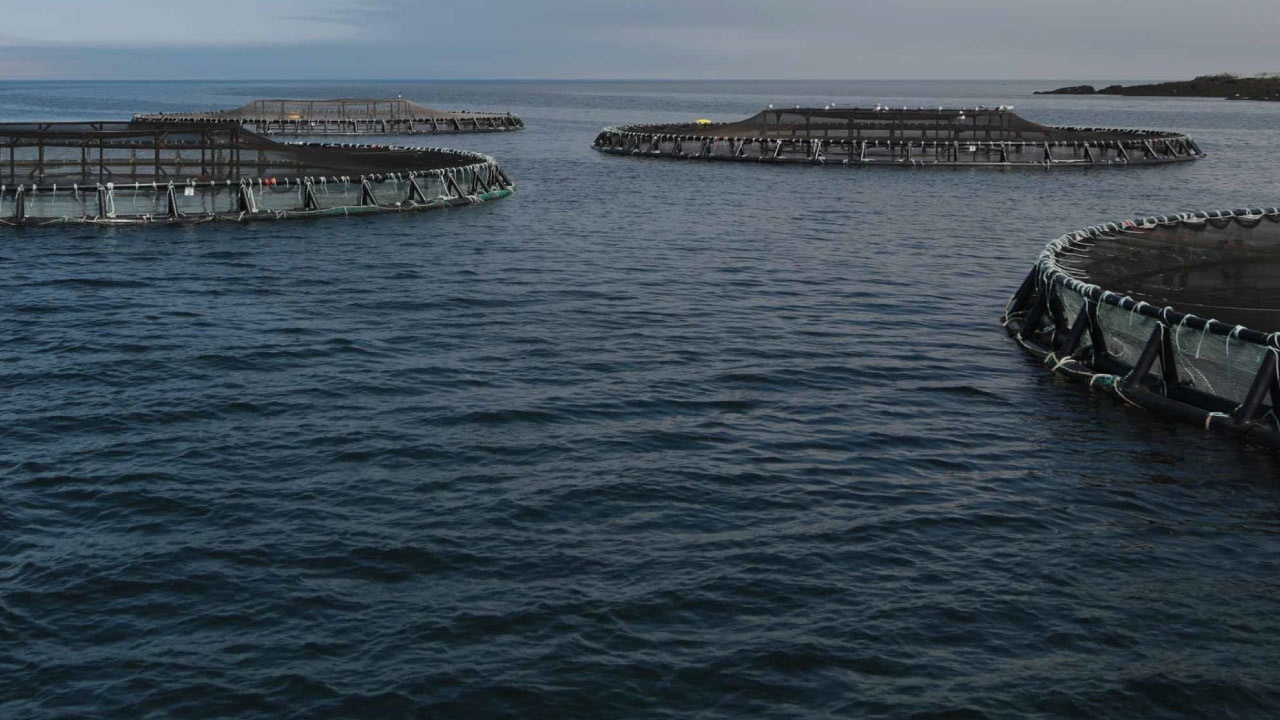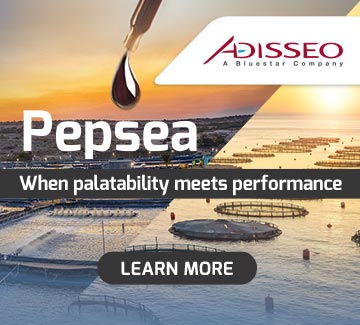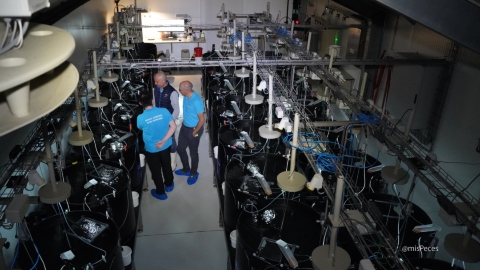
Researchers from the Norwegian University of Life Sciences and the Norwegian Veterinary Institute have found that poultry by-product meal-a protein-rich feed ingredient derived from inedible parts of chickens such as bones, skin and internal organs-can partially replace conventional protein sources in salmon diets with no negative impact on performance.
The study was conducted over 11 months at a commercial facility in Nordfjord, western Norway, using 435,000 Atlantic salmon (Salmo salar) across nine marine pens. Three diets were tested: a standard control diet, and two experimental diets where poultry by-product meal replaced 5% and 10% of the crude protein content, respectively.
According to the researchers, “no significant differences were found between the fish fed the pultry-based diets and those on the control diet in terms of growth rates, mortality, feed conversion ratios, gut health, or fillet quality indicators such as firmness, colour, or fatty acid composition.”
By the end of the trial, the salmon had grown from an average starting weight of 482 grams to 5.9 kilograms, with 83% of fish graded as ‘superior’ according to industry quality standards. The poultry by-product meal used met EU regulations for use in animal feed (Category 3) and was processed using heat treatment to ensure safety.
Welfare assessment showed good outcomes across all groups. Notably, fish on the 5% poultry diet exhibited a significantly better condition factor, while those on the 10% inclusion diet had fewer ulcers and slightly darker liver coloration-although the numerical difference were minor.
In terms of fillet quality, there were no negative effects on colour, texture or chemical composition. Likewise, levels of astaxanthin-the key pigment responsible for salmon’s pink flesh-remained consistent across all diets.
Gut health was assessed through histological analysis, which revealed no significant differences in inflammation, vacuolization or the presence of ectopic globet cells, suggesting that poultry by-product inclusion does not compromise intestinal integrity.
The authors conclude that up to 10% poultry by-product meal can be included in Atlantic salmon diets without adverse effects on growth performance, fish health or product quality. They also highlight the sustainability benefits: “Using poultry by-products in salmon feed supports the circular economy by transforming low-value waste into high-quality nutrition.”
Could this be applied to other species, like Gilthead seabream and European seabass?
Although the study focused on Atlantic salmon, previous research indicates that poultry by-products meal could also be suitable for other marine aquaculture species such as gilthead seabream (Sparus aurata) and European seabass (Dicentrarchus labrax). Like salmon, these species have high protein requirements and are well-equiped to digest animal-derived feed.
Several studies have reported positive outcomes in growth, feed efficiency and gut health when poultry by-products were included at moderate levels in their diets.
However, the optimal inclusion rate and the potential impact on sensory quality of the final product may vary depending on the species, fish age, farming conditions and processing methods. Therefore, while the results in salmon are encouraging and potentially transferable, specific trials are advisable before broader application.


